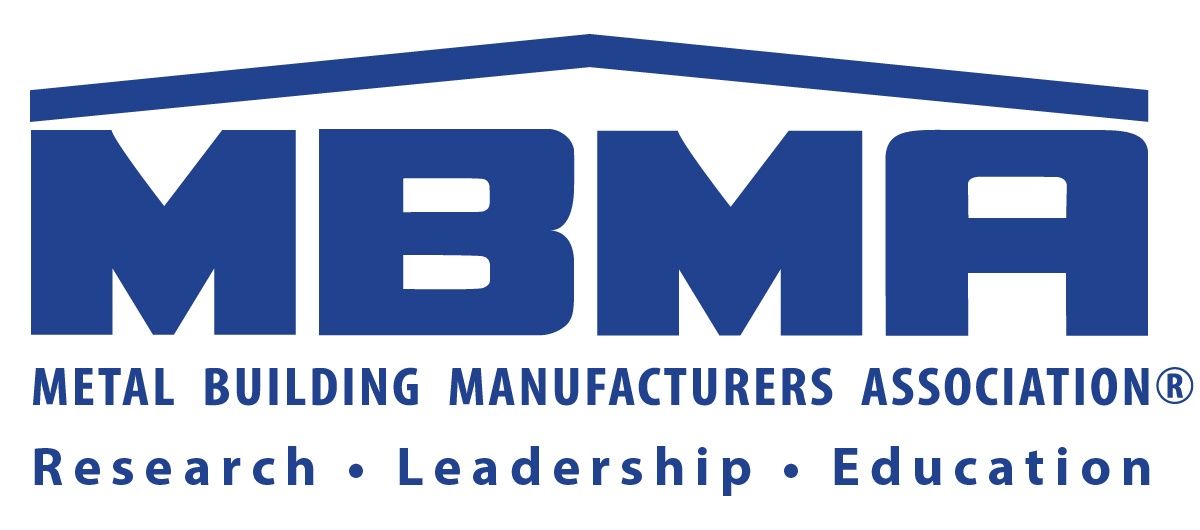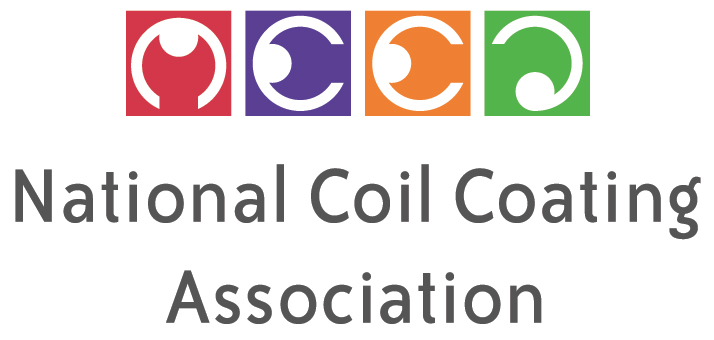Creative Building Solutions with Pre-Painted Metal Panels
SPECIFYING PRE-PAINTED METAL PRODUCTS
When specifying pre-painted metal products, there are clearly numerous choices and options from which to select. Coordination with manufacturers during the design phases of a project will help gain insight for project specific details, cost drivers, installation nuances, and the latest options. In a standard CSI or MasterFormat, the typical locations when specifying coil products is in Division 5: Metals and Division 7: Thermal and Moisture Protection. The subsections are 05 05 10 (Factory-Applied Metal Coatings) and 07 40 00 (Metal Roofing and Siding). Alternatively, the products could be part of a complete Metal Building System specified in Special Construction Section 13 34 19. In this case, note that MBMA publishes a Metal Building Systems Manual that includes a Performance Guide Specification. This guide specification is a free download at www.mbma.com and is an excellent resource for specifying all types of metal building products. Some of the relevant items to address in a standard three-part specification format are highlighted as follows.
Part 1: General
The scope of specification work can include all preparation work, substrate review, product choices, and final installation. In terms of specifying performance, the appropriate testing standards should be referenced. (See sidebar.)Submittals for pre-painted metal products should include manufacturer’s data and information for all specified products, including color/finish samples to confirm that the appearance is acceptable and meets the aesthetic and performance requirements of the project.
Quality assurance is clearly an important part of any field-installed system, and the same is true here. Installers should have qualifications acceptable to the manufacturer of the metal products. Approved installers should provide required documentation to the appropriate project chain of command as outlined in the specifications. Field professionals should meet or exceed the minimum qualification requirements as defined to ensure that the installation will be performed successfully.
On-site protection of products should be carried out according to the manufacturer’s instructions and recommendations. Similarly, the manufacturer’s standard limited warranty for wear, defect, bond, and conductivity can be requested and sought for the entire installation.
Part 2: Products
All pre-painted metal products specified should be defined in the record documentation, including type of component, substrate, thickness/gauge, coating type, formulation, and color. If multiple products are used, they should each be identified by type in the specifications, and the locations of each building component need to be clearly called out in either the drawings or specifications. The details of the specified products can include:
- The base metal of the products needs to be clearly called out (steel or aluminum), including the type of pre-treatment (galvanized, galvalume, etc.).
- The thickness (gauge) of each metal product or panel needs to be identified.
- All wall and roof panel types need to be identified and specified fully.
- The type of coating based on resin type (PVDF, SMP, or polyester) needs to be identified for each product.
- The formulation requirements or specific formulation preferences for the coatings need to be identified (i.e., primers, color coats, mica/metallics, performance additives, gloss/sheen, etc.)
- All colors, textures, and other finish characteristics need to be identified for each product. Manufacturer’s literature should be consulted for this as with any finished product.
In addition, all trim, accessories, and related items need to be identified in the specifications, ideally as part of a complete, coordinated system.
Part 3: Execution
As with any site-installed product, the installation requires multiple steps that need to be clearly articulated in the specification to achieve the best results.
- Examination and preparation: The importance of this step should always be stressed. In addition to the architect, the installer should review and examine the substrate for conditions affecting the performance of roofing or siding. Ultimately, the goal is to provide a substrate surface that has been prepared to an acceptable level, is clean of all contaminants, and free of any debris.
- Installation: Engineering and manufacturer’s instructions should be followed here for a properly coordinated, successful project.
- Protection: Once applied, most pre-painted metal products are ready to go. However, if unusual conditions are expected during the remainder of construction, they should be protected accordingly.
- Cleaning: Upon completion, the finished surfaces should be cleaned of any construction or miscellaneous dirt, debris, etc. using soft, damp cloths.
When specified and installed correctly, pre-painted coiled metal will provide the desired look and long-term performance characteristics that are intended.
CONCLUSION
When it comes to selecting products for the exterior of buildings, there are many considerations to take into account, both in terms of design and performance. Pre-painted metal products, including metal roofing and wall panels, are clearly a popular choice worth considering for a full range building types. They are quite suitable for both new construction and renovation projects. Specifying pre-painted metal products is a versatile, proven, long-lasting, durable, sustainable, and easy-to-maintain solution.
 |
The Metal Building Manufacturers Association (MBMA) serves to promote the metal building systems industry. Its membership represents more than $2.4 billion in annual sales and accounts for approximately 35% of the total non-residential low-rise construction market in the United States. Follow MBMA on LinkedIn or Twitter @LearnAboutMBMA. |
 |
The National Coil Coating Association (NCCA) is the leading association of businesses engaged in the process of coating coiled metals. NCCA consists of coaters and suppliers of metal, coatings, chemicals, and equipment that are at the forefront of the industry. Founded in 1962, NCCA is a unified organization providing resources and leadership to ensure that coil-coated materials are the product of choice. |








